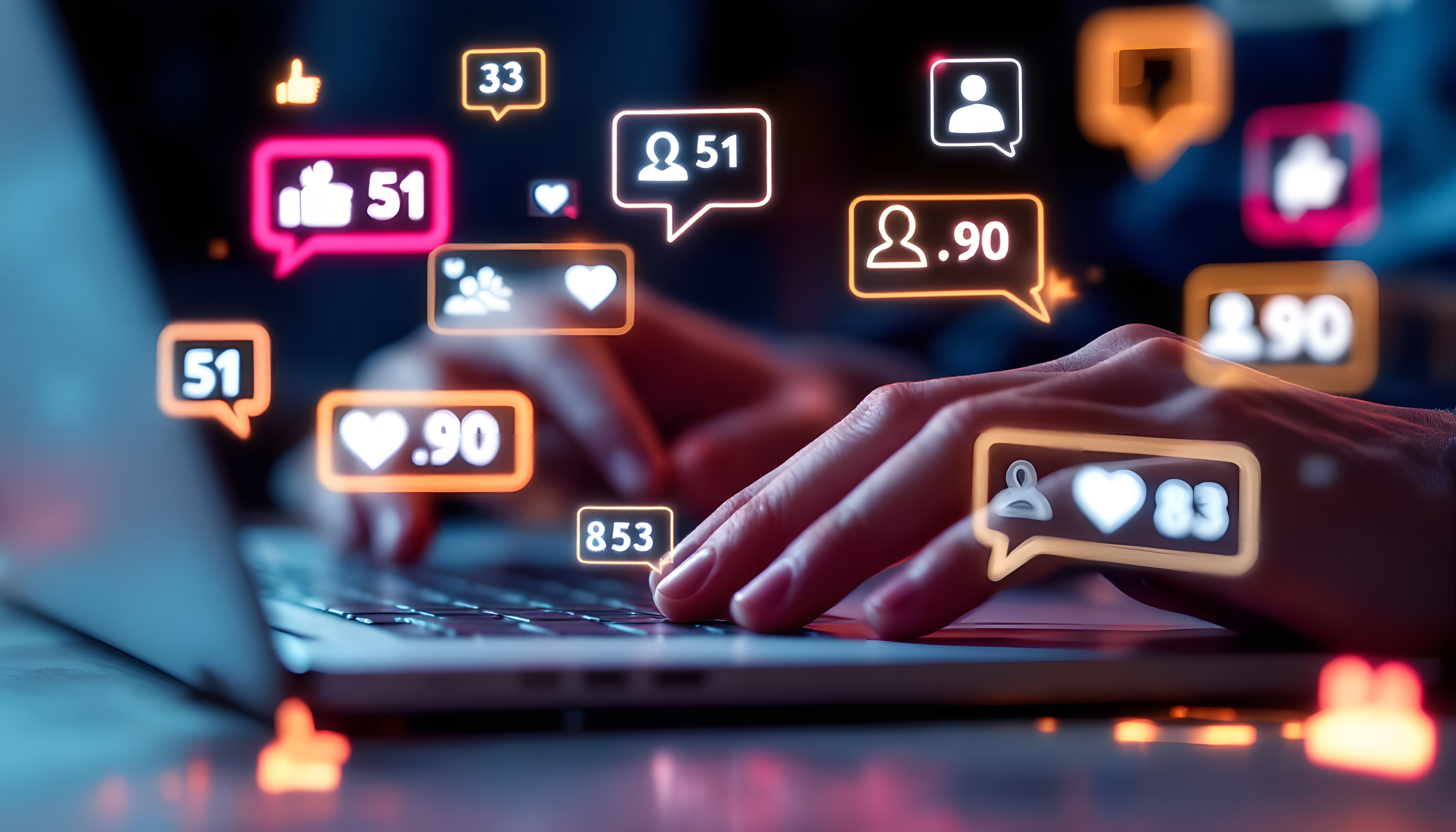4 Technologies to Increase Restaurant Customer Loyalty
The restaurant industry is rapidly changing, and technology is at the forefront of this evolution. Today, more than ever, restaurants need to leverage technology to keep up with customer expectations and stay competitive. Surprisingly, 57% of consumers are more likely to order from a restaurant with a loyalty program — but only 28% of restaurants offer one. This gap highlights one of many significant opportunities for restaurants to increase customer loyalty using technology. Let’s explore some game-changing technologies that can increase restaurant customer loyalty and turn occasional diners into regular guests.
1. Digital Ordering Systems
Digital ordering systems have transformed the way customers interact with restaurants. Be it a mobile app, a website, or a self-service kiosk within the restaurant — these systems cater to the modern customer's need for speed and convenience. 82% of millennial parents report they would go to great lengths to avoid long lines at fast-food restaurants when accompanied by their children — and nearly half would prefer to skip a restaurant visit entirely rather than wait in line. This underscores the importance of digital ordering options in increasing restaurant customer loyalty.
How it Works
-
Speed & Convenience: Customers can 'skip the line' by placing orders ahead of time or through kiosks, significantly reducing wait times and enhancing the overall experience.
-
Mobile Payments: These systems almost always incorporate mobile payment options, which simplify transactions for users and cater to the growing preference for digital wallets and contactless payments.
-
Personalization: Digital ordering allows for the collection of customer data, enabling restaurants to tailor experiences based on individual preferences and previous orders. This can include recommending dishes, remembering favorite orders, and customizing menus.
-
Order Accuracy: Digital orders reduce the likelihood of errors that can occur in traditional verbal ordering, ensuring customers receive exactly what they requested.
Real-World Examples
-
Starbucks Mobile Order & Pay:
Starbucks’ mobile ordering system is a prime example of digital ordering done right. Customers can order and pay for their coffee through the app and pick it up at a nearby store without waiting in line. This convenience has been a major factor in the success of their loyalty program, which has over 24.2 million members in the US alone.
-
McDonald’s Self-Service Kiosks:
McDonald’s has implemented self-service kiosks in many of its locations worldwide. These kiosks not only streamline the ordering process but the convenience and efficiency also encourage repeat business. In 2022, digital sales—including mobile apps, kiosks, and delivery orders—accounted for roughly a quarter of McDonald’s total U.S. sales.
-
Domino’s Pizza AnyWare:
Domino's sells more food on its digital platform than any pizza company in America. They offer numerous different digital ordering platforms, including via text, Twitter, smart TV, and voice assistants. This diversity in ordering options caters to different customer preferences, making the ordering process more accessible and increasing customer loyalty.
What You Can Do
Want to digitalize your restaurant or coffee shop? Craver creates custom-made mobile apps, web ordering platforms, and self-serve kiosks, wrapped in your branding. Your digital ordering platforms integrate seamlessly into your POS to put your orders on autopilot. Easy payments and single-tap reordering make it super for guests to order again and again.
Choosing your online ordering system is the first step—our guide helps you find your perfect match.
2. Mobile Apps
In today's digital age, custom-branded mobile apps are becoming an increasingly important strategy for restaurants to enhance customer engagement and loyalty. These apps serve as a direct channel between the restaurant and its customers, helping claw back market share from third-party delivery services like Uber Eats and DoorDash. Even though 83% of guests prefer to order directly from a restaurant for pick-up orders, almost a third still use third-party services as their primary channel for delivery orders. Having your own digital ordering platform is a great tool to promote direct orders and increase your restaurant’s customer loyalty.
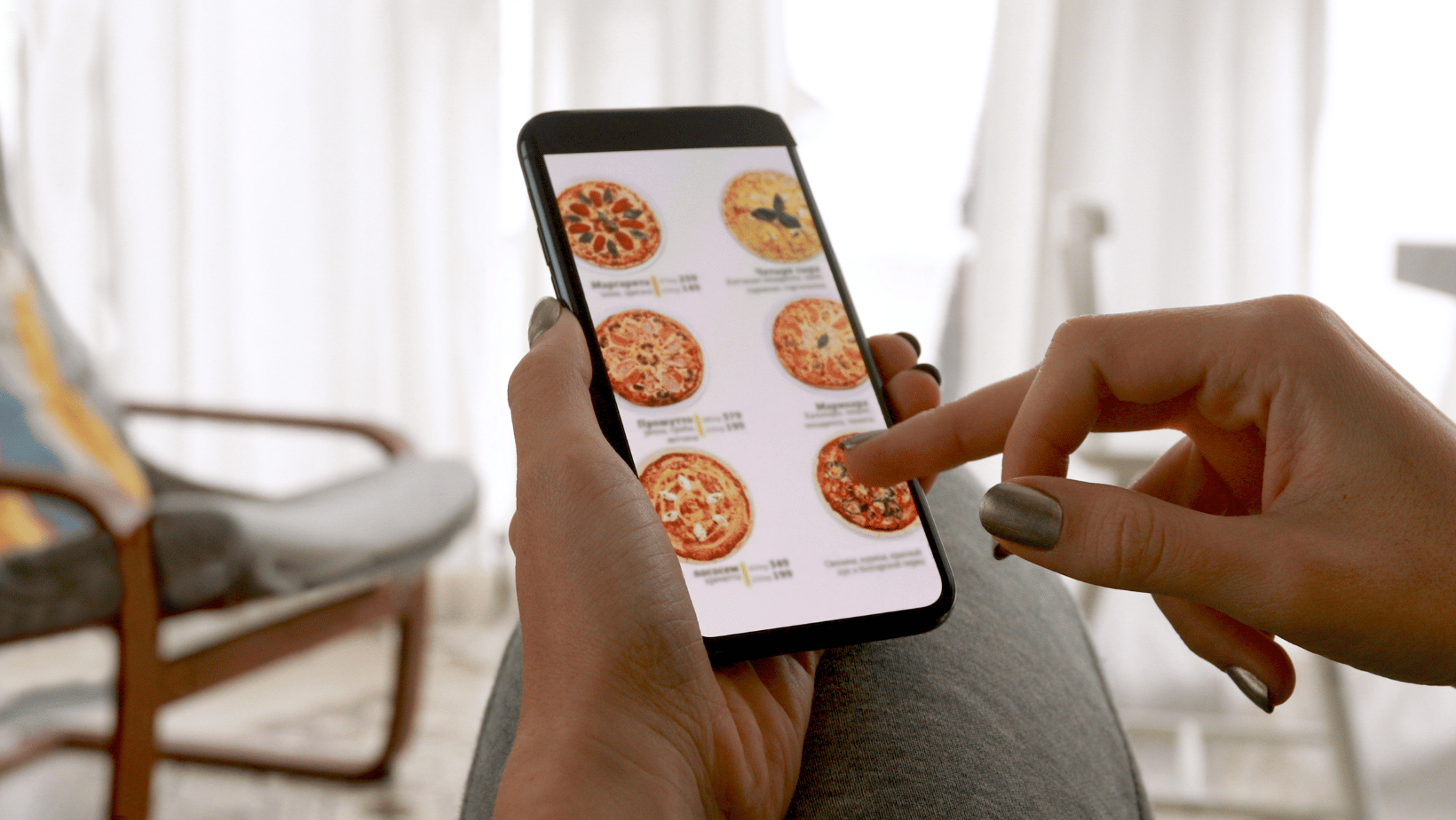
How it Works
-
Personalization: Custom apps allow restaurants to offer a personalized experience to their customers. By tracking user preferences and past orders, the app can recommend dishes, remember favorite orders, and even suggest meal pairings, creating a more tailored experience.
-
Single-Tap Reordering: For added convenience, these apps often feature single-tap re-ordering, allowing customers to quickly repeat their favorites without going through the entire menu again. This feature is particularly appealing to busy customers or regulars who have a go-to order, nudging them towards the convenience of your app over the hassle of waiting in line elsewhere.
-
Customer Data Collection: A custom app is a goldmine for collecting customer data. By analyzing ordering patterns, preferences, and feedback, restaurants can gain valuable insights for better service and personalized marketing strategies. This data can also be used to tailor loyalty programs and promotions to individual customers.
-
Exclusive Offers and Rewards: Mobile apps can house exclusive offers, rewards, and discounts that are not available through other channels. These exclusives can drive app downloads and encourage repeat visits.
-
Enhanced Customer Experience: Features like table reservations, in-app payment, and real-time order tracking enhance the overall customer experience, making dining more convenient and enjoyable.
Real-World Examples
-
McDonald’s App:
The McDonald’s app was downloaded a staggering 127 million times worldwide last year. That’s more than double the downloads of Uber Eats, the second most downloaded food and drink app. This demonstrates the potential of first-party apps to enhance restaurant customer loyalty.
-
Starbucks Mobile App:
The Starbucks app is another success story, combining mobile ordering, payment, and the Starbucks Rewards program. The app has significantly increased customer convenience, leading to higher sales and a loyal customer base. 25% of Starbucks’ sales are from their mobile app and their digitally engaged customers spend 2-3 times more.
-
Domino's Pizza App:
Domino’s has leveraged its app to enhance customer engagement through features like Pizza Tracker and Easy Order, which have not only improved the ordering experience but also increased brand loyalty. With 7.9 million active users, Domino’s Pizza app orders make up over 75% of their total online orders.
What You Can Do
Put the power in your guest's hands with a custom-branded mobile app by Craver. Offer them the convenience of customizing orders, saving their preferences, and reordering their favorites with just one click. With Craver, your guests are always at the front of the line, and you're always top of mind.
3. Rewards Platforms
Restaurant rewards programs are designed to incentivize repeat visits and increase customer loyalty by offering rewards. These programs typically involve customers earning points for each purchase, which can later be redeemed for discounts, free items, or special offers. The aim is to create a sense of value and appreciation for loyal customers, encouraging them to choose the restaurant again and again.
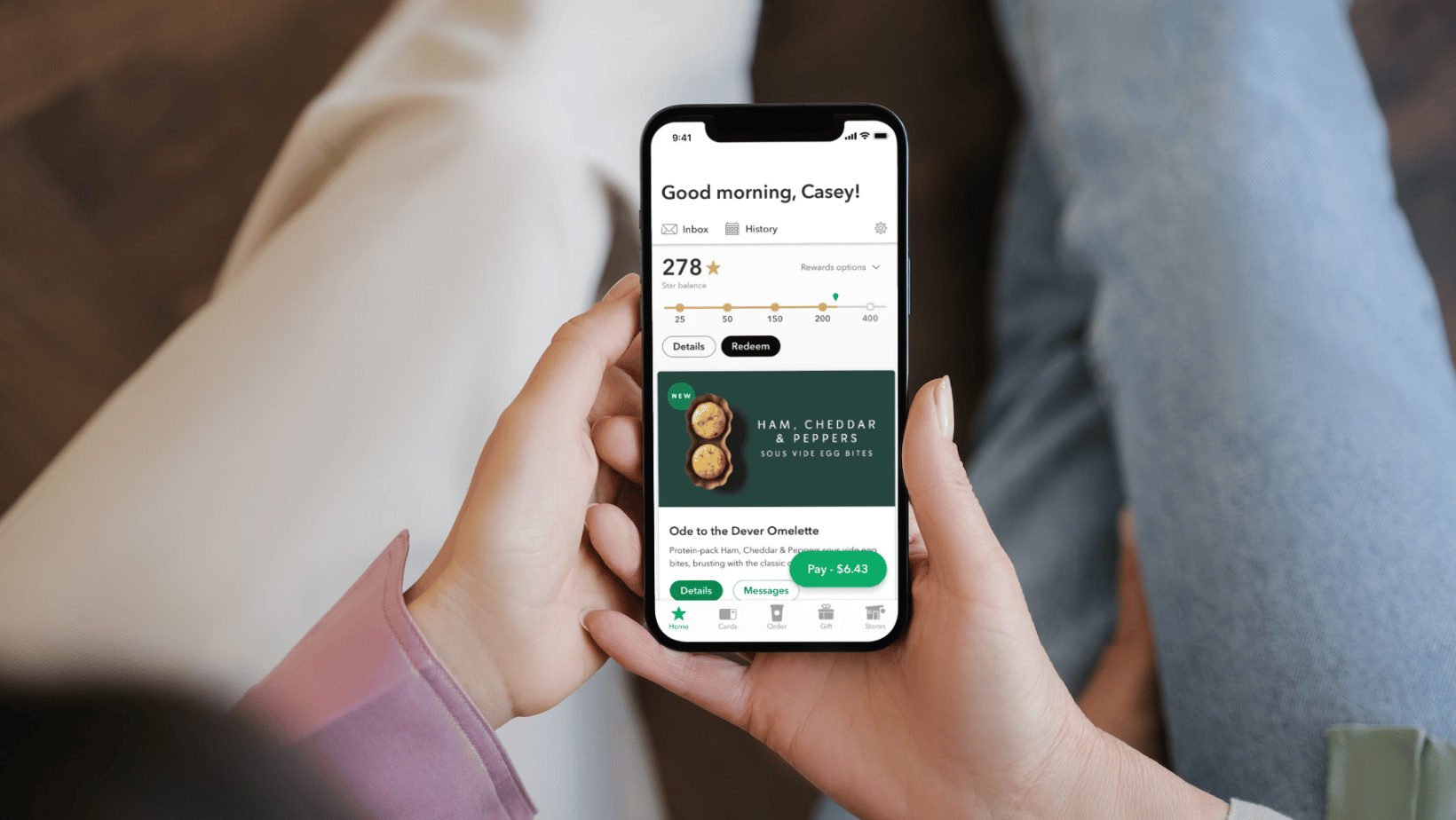
How it Works
-
Points Systems: Most loyalty programs operate on a points system where customers earn points for every dollar spent, making it easy for customers to understand and engage with.
-
Rewards and Special Offers: Rewards are the heart of any loyalty program. These might include free meals, discounts on future purchases, or early access to new menu items. Special offers, particularly during slower business periods, can also drive traffic.
-
Tiered Rewards: Implementing tiered levels within the loyalty program (such as silver, gold, and platinum) can further motivate customers to increase their frequency of visits to reach higher tiers with better rewards.
-
Customizable Options: Allowing customers to choose their rewards or having occasional surprise rewards can add an element of excitement and personalization to the program.
-
Data-Driven Personalization: Technology allows for the collection and analysis of customer data. Restaurants can use this information to offer personalized rewards or promotions based on individual customer preferences or purchasing history.
Real-World Examples
-
Panera Bread's MyPanera Program:
MyPanera is known for its personalized rewards based on past purchases. It offers users items that they are likely to enjoy, which enhances customer satisfaction and loyalty. In Q1 2022, more than half of all Panera sales came from rewards members. MyPanera members also tend to visit more often and spend more on each visit than non-members.
-
McDonald’s:
MyMcDonald’s is a masterclass in increasing fast-food restaurant customer loyalty. In its first six months, MyMcDonald’s US loyalty program enrolled 30 million members and the brand has seen a 10% increase in digital customer frequency since the launch.
-
Starbucks Rewards:
Starbucks Rewards is one of the most successful loyalty programs of all time. It uses a points system where customers earn stars for purchases and integrates seamlessly with their mobile app, adding convenience to the customer experience. With over 24.2 million members in the US alone, their rewards program brings in 40% of Starbucks’ total sales.
What You Can Do
Interested in rewarding your most loyal customers? Craver’s built-in loyalty program lets your regulars earn points, check their points balance, and see how far away they are from their next reward. Craver apps also offer a referral program option, to bring in new users. You can choose the reward your referrals will receive, like $5 off their next app order, or their next coffee on the house.
Want a mobile app that offers a rewards program? Our Online Ordering Guide compares the five best platforms to choose from.
4. Restaurant Subscriptions
Subscription services in the restaurant industry are a relatively new, but increasingly popular concept. These services typically involve customers paying a recurring fee in exchange for certain perks or products. A common example is a coffee subscription, where customers pay a monthly fee to enjoy a daily cup of coffee. This model is an innovative way for restaurants to build a consistent customer base and lock in their loyalty.
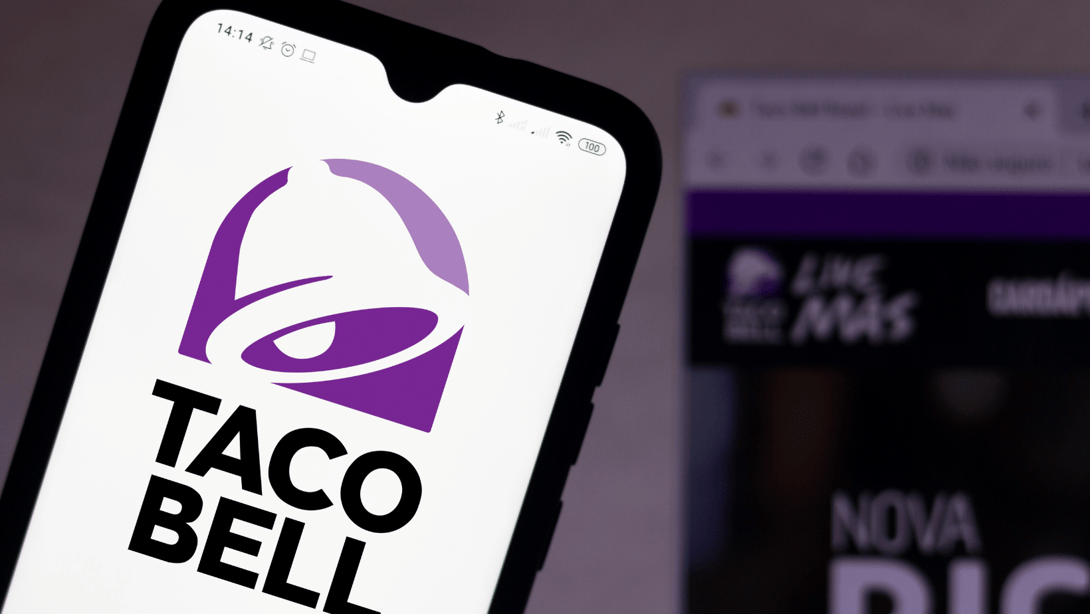
How it Works
-
For Restaurants: Subscription services provide a steady, predictable stream of revenue. They also encourage regular visits, increasing the opportunity for additional purchases. Plus, they create insane customer loyalty.
-
For Guests: From the customer's perspective, subscriptions offer convenience and potential savings, especially for those who frequently visit the same restaurant. It also adds a sense of exclusivity and belonging to a community of regulars.
Real-World Examples
-
Taco Bell's Taco Lover's Pass:
Since its launch in January 2022, Taco Bell’s loyalty membership has grown by 20%. Plus, Taco Lover’s Pass subscribers are three times more likely to visit Taco Bell each month.
-
Panera Bread’s “Unlimited Sip Club” Subscription:
Panera Bread offers the "Unlimited Sip Club" subscription, where customers pay a monthly fee for unlimited coffee and tea. This service not only encourages daily visits but also increases the likelihood of additional purchases during each visit.
-
P.F. Chang’s Subscription:
P.F. Chang’s offers a subscription service for $6.99 per month, providing benefits like free delivery, which is a significant draw for regular customers who prefer the convenience of dining at home.
-
Burger King’s Coffee Subscription:
Burger King experimented with a coffee subscription service offering daily coffee for a monthly fee. This model was aimed at increasing foot traffic and building a routine for customers to start their day with Burger King.
What Can You Do
If you want to increase your restaurant’s customer loyalty, a subscription model is a surefire way to create a cult following. It’s easier than ever to set up with Craver’s Memberships & Subscriptions feature. Our client, Go Get Em Tiger, has been test-driving this new feature by allowing their app users to choose their preferred roast and set a delivery schedule. This initiative has even earned them a nomination for USA Today's "Best Coffee Subscription".
Be the next success story with the help of a Craver app.
Wrap Up
Incorporating technologies like digital ordering systems, custom-branded mobile apps, loyalty programs, and subscription services is essential to increase restaurant customer loyalty. Given that 63% of consumers are more likely to order from a restaurant that offers personalized recommendations, leveraging these technologies is becoming increasingly necessary to remain competitive in today’s digital landscape.

.png?width=86&name=Untitled%20design%20(83).png)
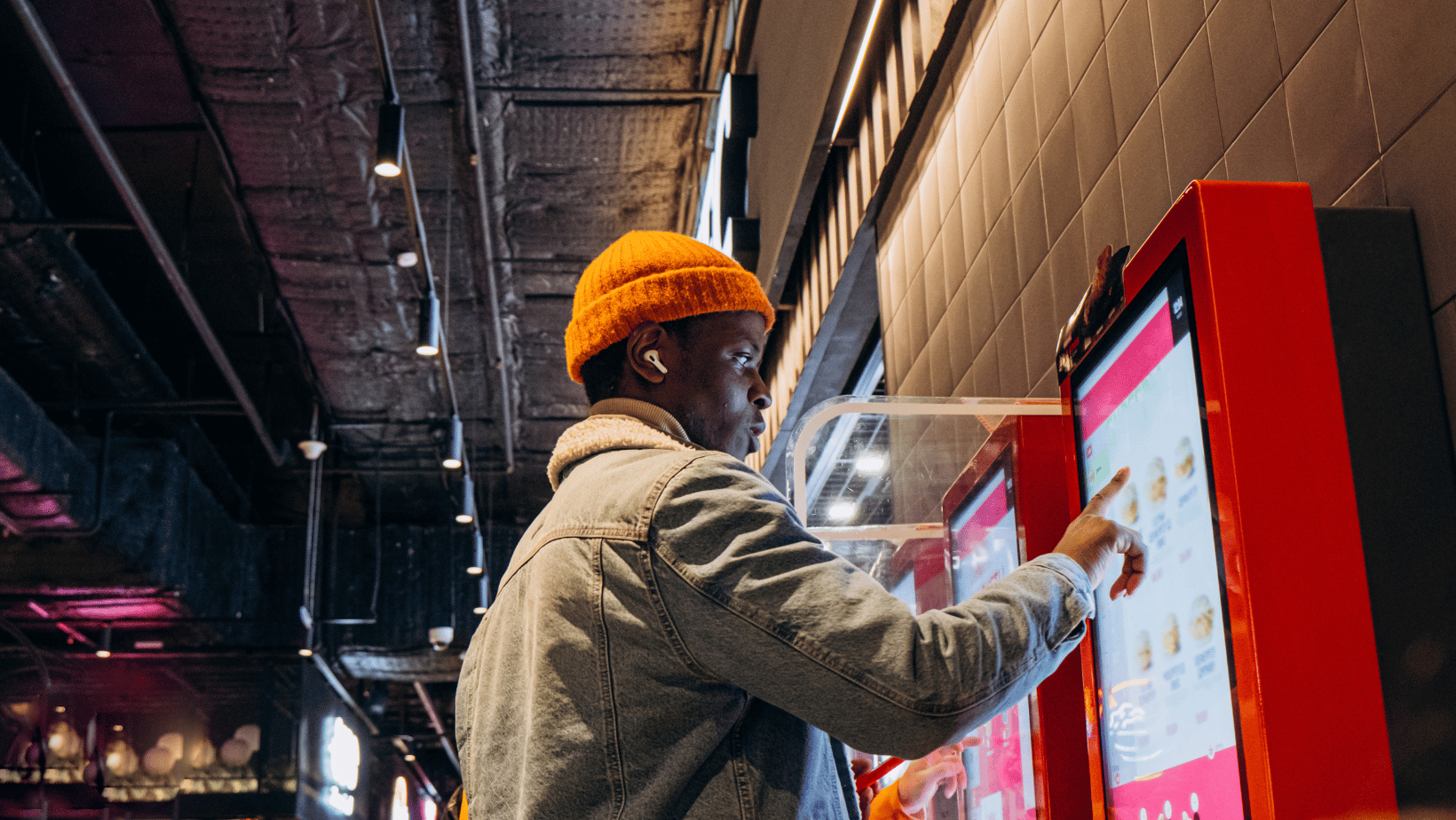



.png)

